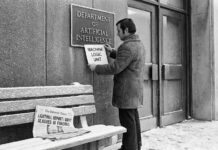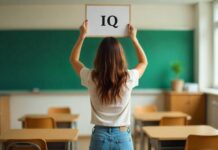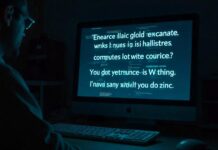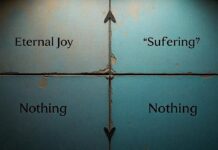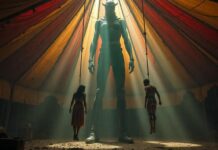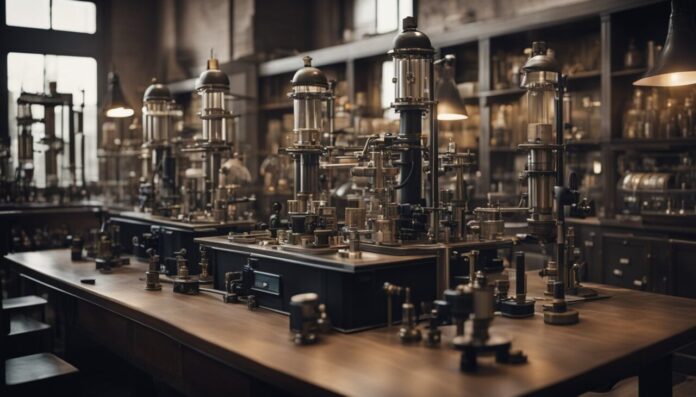
We all know that Nikola Tesla is recognized for his amazing work in electricity and magnetism, however many of his ambitious and ingenious projects never came to execution.
Among these unrealized projects are plans for wireless energy transmission and an advanced form of teleautomation technology.
He had numerous other concepts that were extremely ambitious, aiming not just for innovations in technology, but for massive societal change as well.
However, there are many reasons why he couldn’t realize some of his projects, starting with financial struggles, lack of support from his colleagues, and sometimes the world just wasn’t ready for his ideas.
Or perhaps, in some instances, powerful business magnates intentionally stopped his projects.
Just imagine how the world would look if Tesla had achieved wireless energy transmission and offered it for free to society.
While we can’t know for sure, we can certainly guess that some powerful people wouldn’t have been happy about giving anything away for free.
Nonetheless, let’s look at this list of Tesla’s ideas that have not been realized for various reasons.
Interesting fact: During his attempts to transmit electricity wirelessly, he once caused the entire neighborhood surrounding his laboratory in Colorado Springs to experience a massive power outage. Tesla had built a huge Tesla coil, which generated so much power that it created sparks from the ground, caused light bulbs to glow without being plugged in, and even electrified butterflies, which were seen lighting up and spinning in circles due to the strong electromagnetic fields. The experiment was so intense that it fried the power generator of the local utility company, plunging the town into darkness!
1. Wireless Transmission of Power
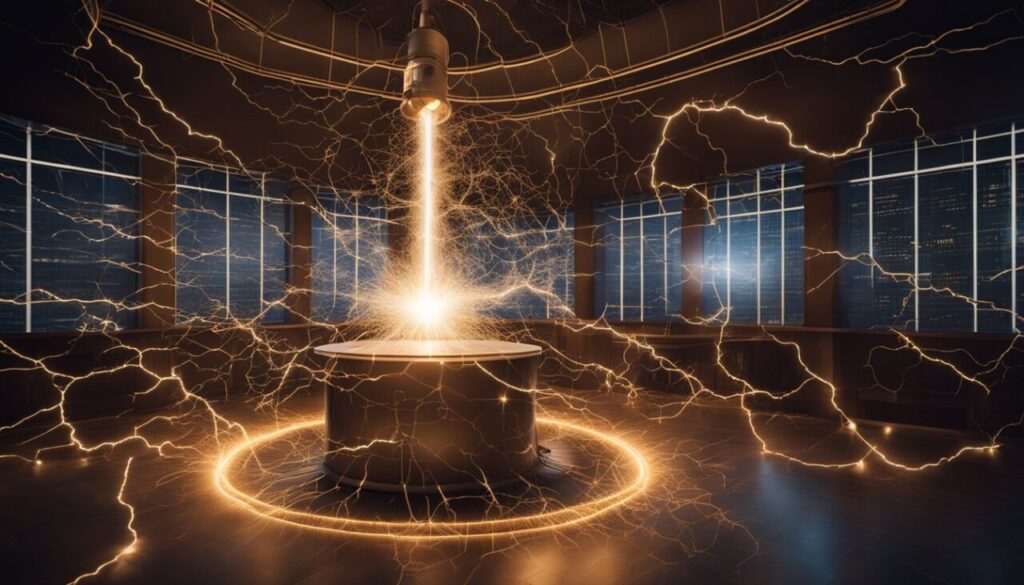
Tesla proposed the World Wireless System, aiming to create a global network for the wireless transmission of electricity.
He believed this system could provide free and abundant energy accessible to everyone.
The concept included the use of the Earth’s atmosphere to conduct electrical energy, minimizing reliance on traditional power lines.
By harnessing atmospheric electricity, he aimed to facilitate communication and power transmission simultaneously.
Interesting fact: Tesla's vision included the use of the Schumann Resonance, a natural electromagnetic resonance within the Earth’s atmosphere, to transmit energy.
Colorado Springs Experiments
In 1899, Tesla conducted experiments at his laboratory in Colorado Springs, where he demonstrated the principles of wireless energy transmission.
He built a large coil, known as the Tesla coil, which produced high-voltage, low-current electricity. These experiments resulted in impressive electrical discharges that illuminated bulbs wirelessly, exciting spectators and scientists alike.
He also transmitted power over a distance of over 26 miles, showcasing the potential for long-range energy delivery. His findings in Colorado Springs were crucial in validating his theories on resonance and electromagnetic waves.
Interesting fact: During his Colorado Springs experiments, Tesla recorded mysterious radio signals that he believed could be communications from extraterrestrial sources.
Wardenclyffe Tower

Wardenclyffe Tower was Tesla’s ambitious project intended to fulfill his vision of wireless power transmission.
Created in Shoreham, New York, in 1901, the tower was designed to transmit energy across big distances and to enable transatlantic wireless communication. Financial constraints and technical challenges halted construction before it was fully operational.
Despite its short-lived existence, Wardenclyffe Tower has become an iconic symbol of Tesla’s innovative spirit and the potential of wireless technology.
The site is often celebrated by researchers and enthusiasts who recognize its significance in the history of electrical engineering.
Interesting fact: After the tower's dismantling in 1917, its remains were largely forgotten until they were rediscovered in the 1980s, leading to renewed interest in Tesla's work.
2. Teleautomation

Remote Control Boats
In 1898, Tesla demonstrated a remote-controlled boat during an exhibition in Madison Square Garden. He used radio waves to direct the vessel, astounding spectators with the concept of controlling machines from a distance.
This marked one of the earliest instances of remote control technology.
Tesla planned applications beyond entertainment, including military and industrial uses. The possibility of directing boats autonomously fascinated him, hinting at future advancements in navigation and robotic technology.
Interesting fact: Tesla's idea of remote control technology predates significant developments in radio communication.
Automated Systems
Tesla’s work in teleautomation extended to various automated systems. He proposed ideas for remote-controlled machines in manufacturing and energy distribution, aiming to increase efficiency and safety.
He experimented with electrical machines that could operate autonomously, though many remained unbuilt. His vision included not just mechanized tasks but also integrating intelligent control mechanisms.
Interesting fact: As mentioned, the boat could be steered by remote control using radio waves, but since the concept of radio waves was not well understood at the time, the audience couldn’t believe what they were seeing. Some people accused Tesla of trickery, thinking that there was a small monkey or even a trained mouse hidden inside the boat, secretly steering it.
3. Earthquake Machine
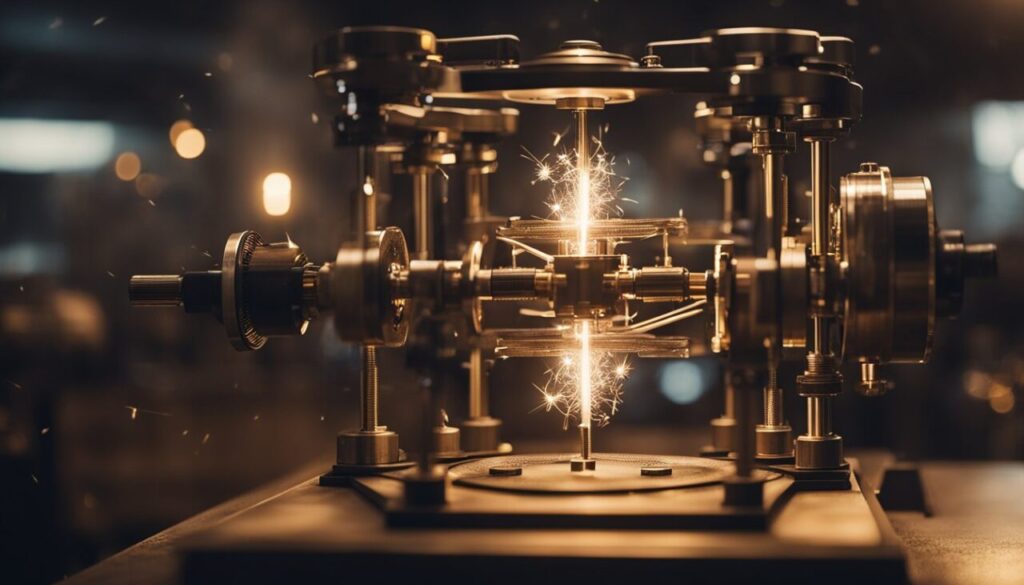
Nikola Tesla’s earthquake machine, formally known as the mechanical oscillator, aimed to generate powerful vibrations.
Tesla demonstrated that vibrational energy could resonate with structures, potentially causing significant effects, including destruction.
Mechanical Oscillator
The mechanical oscillator was designed to produce specific mechanical vibrations. Tesla created a small device that could be tuned to different frequencies.
When set at the right frequency, the oscillator generated vibrations strong enough to potentially shake buildings and objects nearby.
Tesla tested this device in various settings. One of his notable demonstrations occurred in his New York City laboratory, where it allegedly caused nearby structures to tremble.
Observers noted the machine’s ability to amplify vibrations given the right conditions. Tesla believed a larger version could harness energy to affect the Earth itself.
Vibration Experiments
Tesla conducted numerous vibration experiments to understand their implications. He explored the notion that resonant frequencies could impact structures.
By using different materials and configurations, Tesla sought to determine how to control the strength of vibrations.
In his experiments, he observed that small vibrations could lead to larger effects when harnessed correctly.
The idea was that these mechanical vibrations could produce large-scale energy effects vital for his aspirations in energy transmission. Observers reported varying effects from mild tremors to significant disturbances.
Interesting fact: Tesla claimed that his oscillator was so powerful, that it set off tremors that alarmed neighbors and led to the police visiting his laboratory.
4. Electric Powered Supersonic Airships
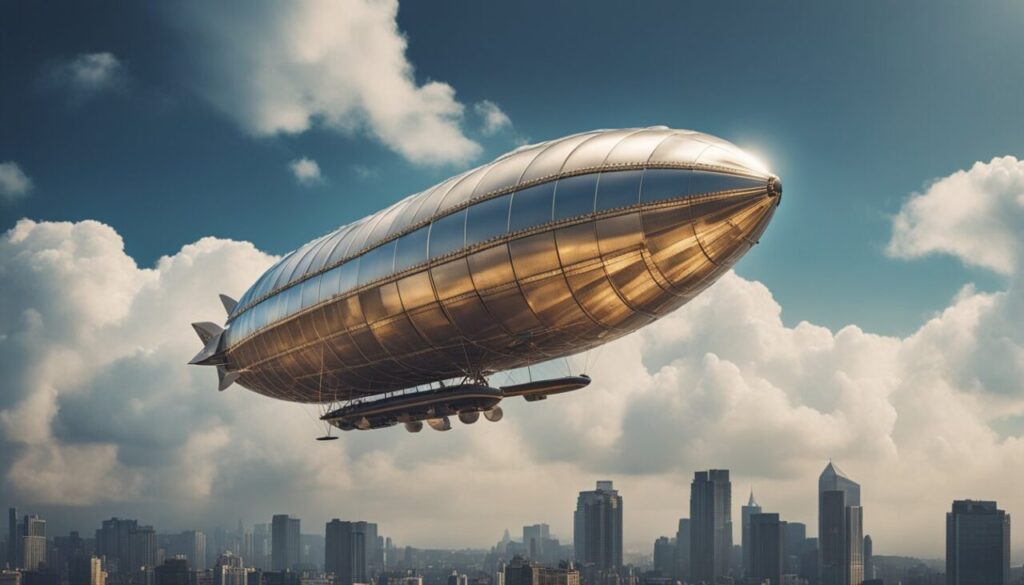
Nikola Tesla also planned electric-powered supersonic airships that would change air travel. These airships would leverage advanced propulsion methods and innovative energy generation systems.
Propulsion Methods
Tesla proposed using electric propulsion systems for lightning-fast travel. One key method involved the use of ion propulsion, which generates thrust by accelerating ions using electric fields.
This would provide high efficiency and low environmental impact compared to conventional engines.
Magnetic levitation was another approach Tesla considered. It would reduce friction, allowing airships to glide smoothly through the atmosphere.
By employing superconducting materials, the airships could achieve significant speed without the need for heavy fuel or combustion engines.
Energy Generation
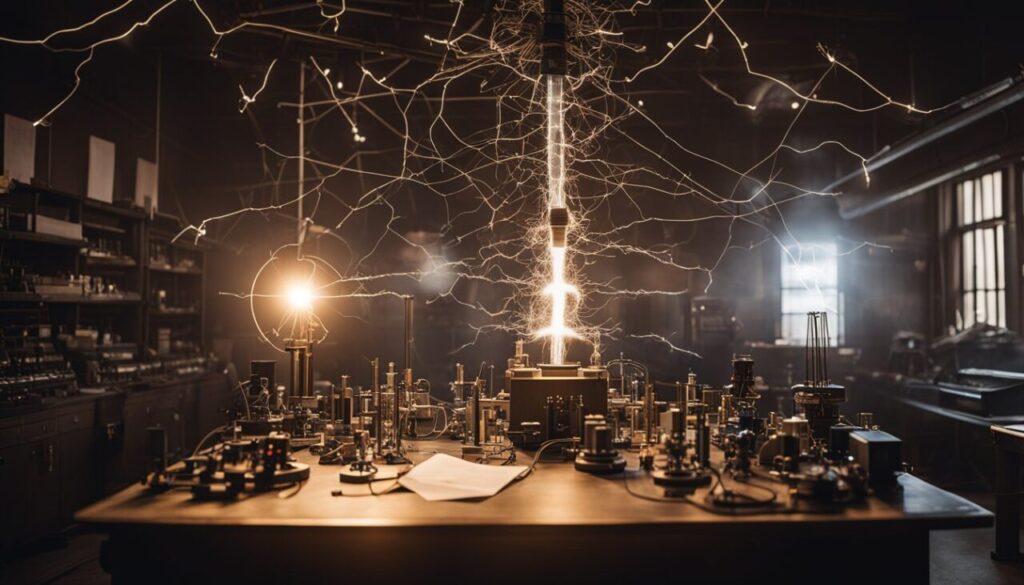
For energy generation, Tesla had an idea for harnessing atmospheric electricity. He explored wireless transmission of electricity, which could power airships during flight.
Utilizing the Earth’s natural electrical charge, these airships would have the potential for continuous operation without landing.
Another concept was the integration of solar panels within the airship’s structure. This would allow for supplementing energy needs during daylight, increasing operational efficiency.
Interesting fact: Tesla's ideas for supersonic airships were inspired by his fascination with harnessing nature's forces to create innovative technologies.
5. Dynamic Theory of Gravity

Nikola Tesla’s Dynamic Theory of Gravity proposed a radical approach to understanding gravitational forces.
He believed that gravity results from the energy transfer among celestial bodies and their interaction with the surrounding ether.
Energy Transfer
Tesla theorized that gravity is not a force in the traditional sense but a product of energy transfer. According to his concept, mass interacts with surrounding energy fields, causing bodies to attract or repel.
This energy transfer is akin to oscillations in a medium, affecting the motion of objects in space.
He suggested that the ether, an invisible medium, plays a critical role in this process. Masses emit energy, which interacts with this ether, altering gravitational effects.
This perspective challenges Newtonian gravity, presenting it as a complex interplay of energy rather than a simple force.
Proposed Experiments
To validate his theory, Tesla envisioned several experimental setups. One proposal involved utilizing electromagnetic fields to observe changes in gravitational behavior. He believed that manipulating energy fields could simulate variations in mass.
Another idea included testing gravity’s effects on different materials subjected to varying energy states.
By observing discrepancies in gravitational attraction, Tesla aimed to provide empirical evidence supporting his dynamic hypothesis. Such experiments could reveal insights into how energy influences the gravitational interactions between objects.
6. Death Ray or Teleforce
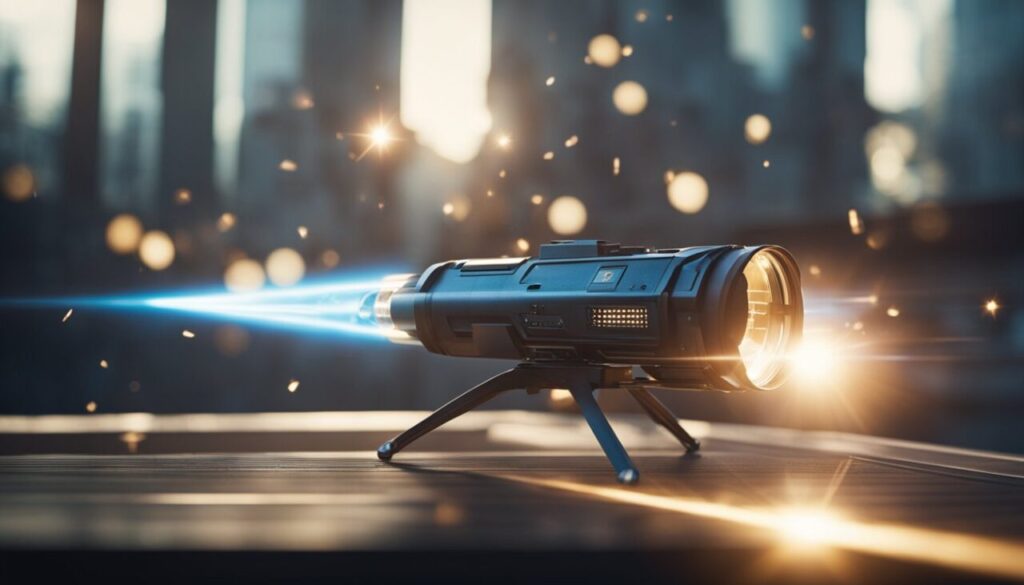
The Death Ray sought to generate a concentrated beam of energy that could destroy targets from a distance. Tesla proposed using electromagnetic waves to create a weapon that would not require traditional ammunition.
He envisioned a device that could shoot high-voltage particles or directed energy, effectively rendering aircraft and other military targets obsolete.
Tesla’s plans included a large-scale, ground-based apparatus capable of producing a powerful, invisible force detrimental to any object within its range. He believed Teleforce could be a means of defense, potentially preventing wars by establishing worldwide peace through fear of this unprecedented power.
Potential Applications

The potential applications of the Death Ray extended beyond attacking military uses. Tesla theorized it could serve for air defense by intercepting incoming missiles or aircraft before they reached populated areas.
In addition, he speculated on its use for crowd control and as a deterrent against aggression, promoting global stability.
Tesla also considered its implications for energy transmission and communication, where focused beams could enable long-distance energy transfer or signal dispatching.
An interesting fact is that Tesla claimed to have developed a working model of the Death Ray, yet he never successfully built or demonstrated it publicly.
7. Thermodynamic Innovations
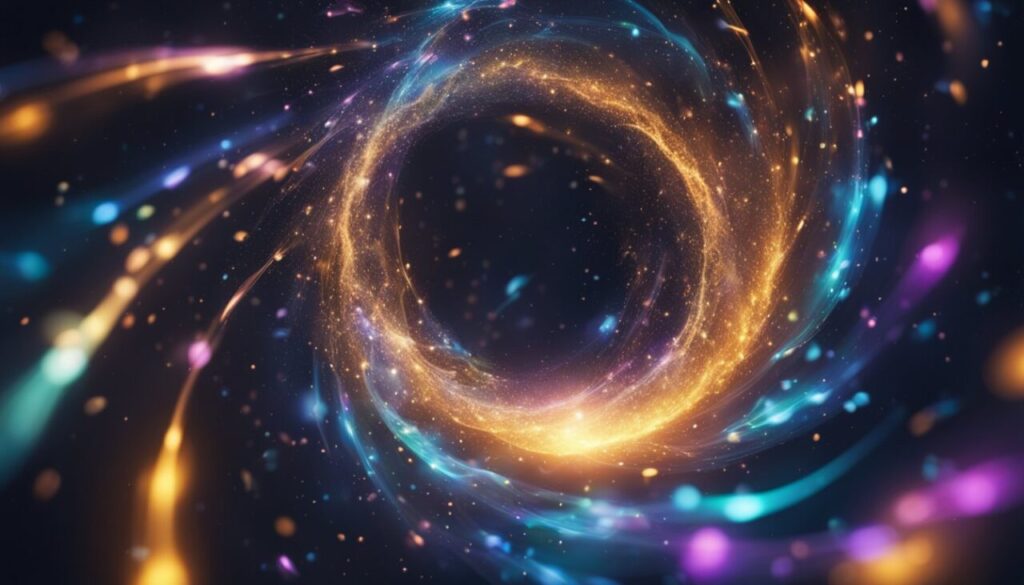
Tesla’s explorations in thermodynamics sought to innovate traditional energy generation methods. He envisioned machines that could convert heat from the environment into usable energy.
One of his prominent inventions was the turbo-generator, designed to optimize efficiency while minimizing wear and tear.
This technology aimed to capture and utilize energy from heat differentials, which is still relevant in contemporary thermal energy systems.
He also speculated on the feasibility of creating cold fusion, a process that could yield energy from light elements without harmful by-products.
Unfortunately, these concepts were also not fully realized.
Interesting fact: Tesla believed in the potential to harness geothermal energy.











